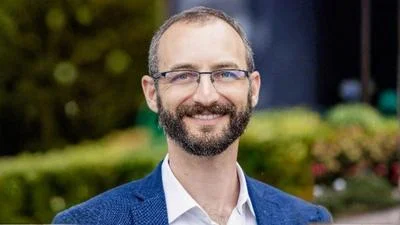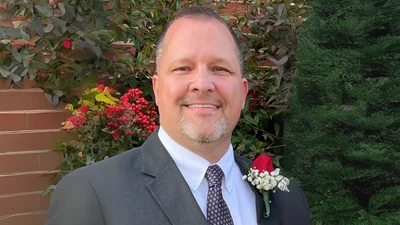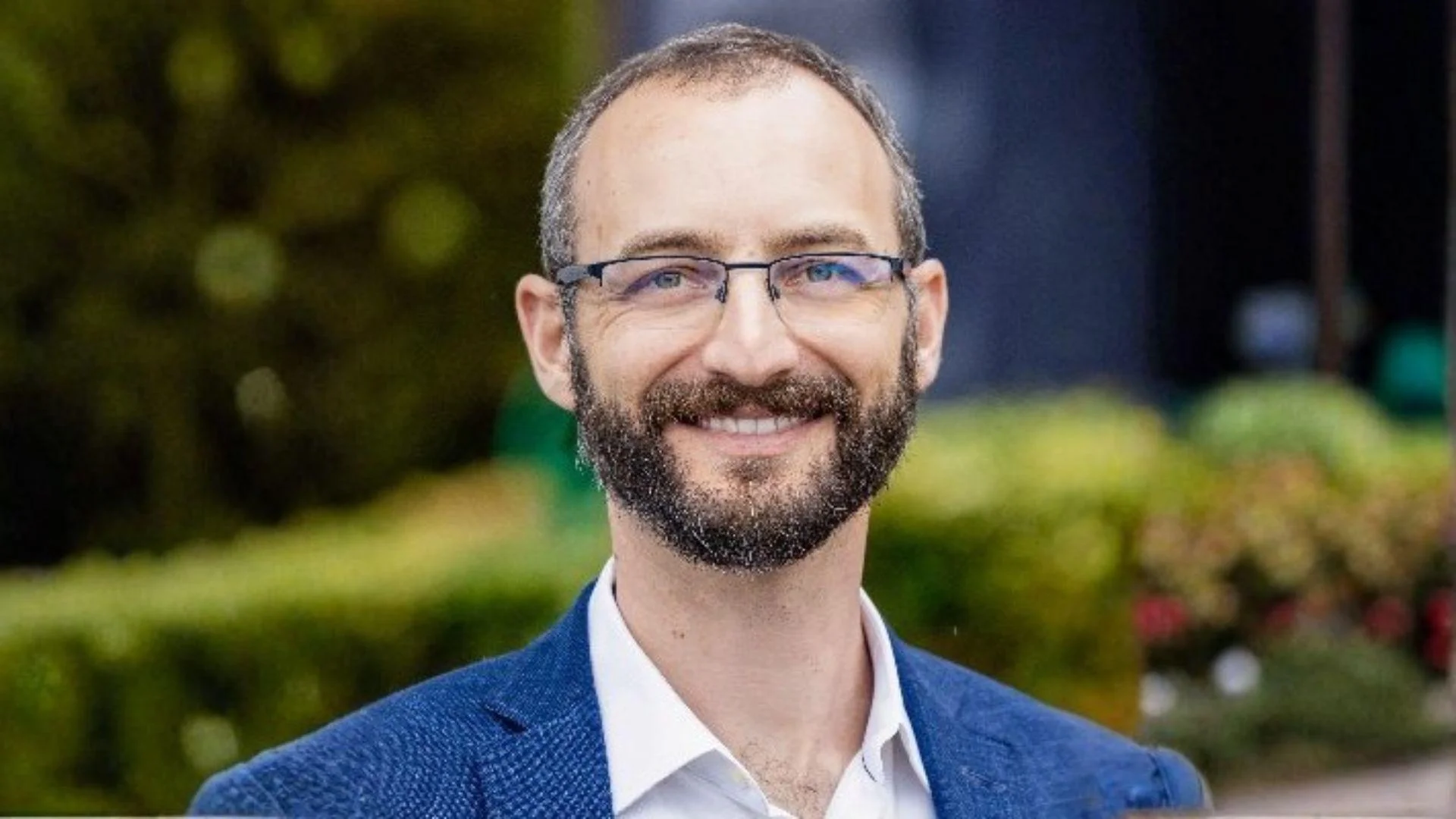In a recent blog post on the American Academy of Family Physicians (AAFP) website, board member Dr. John Bender reflected on the potential that telehealth offers for family medicine.
"I am amazed at how many patients in this economy may have a tablet computer or a smartphone, but not an automobile," Bender wrote in the blog post. "Moreover, just as we use Skype and Facetime with friends and family more than with strangers, I predict the strongest future for telehealth will be between family physicians and their long-time patients, not between strangers connecting to chat."
Bender said that while technology is available for things such as satellite hospital consultations, consumers don't have widespread access to virtual health-care services.
He discussed various trends that support virtual health care including how part of what family physicians do in the office could be performed remotely, and how Bluetooth-enabled biosensors enable doctors to monitor their patients without requiring them to be physically present.
Bender also laid out what must be done to have an effective telehealth system for family medicine.
"State legislatures and policymakers must continue to remove regulatory barriers such as only requiring insurers to pay for telehealth for rural patients, because suburban and urban areas also have health care disparities and access problems," Bender wrote. "Family physicians should not be required to document a barrier to an in-person visit before a health benefit plan covers telemedicine. And nothing should require the use of telemedicine when in-person care by a participating physician is available within the member’s geographic area, or when a family physician determines it is inappropriate."
AAFP board of directors member says future of telehealth lies in family medicine









 Alerts Sign-up
Alerts Sign-up